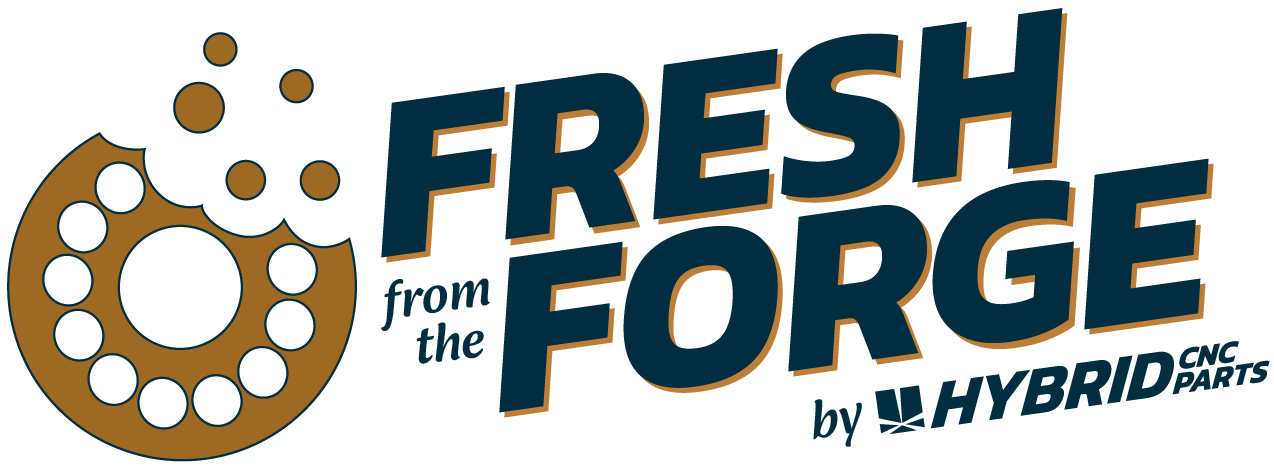Documents
| Topic | Title | File Type | File Size |
|---|---|---|---|
| General | 1 MB | ||
| Compliance | 2 MB | ||
| Compliance | 58 KB | ||
| Compliance | 1 MB |
General
Capabilities
(PDF, 1 MB)
Compliance
NIST SP 800-171 Standards
(PDF, 2 MB)
DFARS 252.204-7012 Standards
(PDF, 58 KB)
CMMC 2.0 Level 2 Overview
(PDF, 1 MB)
Frequently Asked Questions
Advanced manufacturing encompasses the use of innovative technologies, processes, and techniques to enhance productivity, efficiency, and quality in the manufacturing industry. It includes the integration of cutting-edge technologies such as automation, robotics, artificial intelligence, additive manufacturing, and the Internet of Things into production processes.
Advanced manufacturing focuses on optimizing every stage of production, from design to final assembly. By leveraging advanced technologies, manufacturers can streamline operations, reduce costs, and accelerate time to market while maintaining quality standards. These advancements result in greater customization options, flexibility, and scalability.
Additive and hybrid manufacturing are considered to be advanced manufacturing.
Additive manufacturing—or 3D printing—is a process that builds three-dimensional objects layer by layer from a digital model.
Material such as plastics, metals, ceramics, and composites are deposited one layer at a time. This approach enables the creation of complex, highly precise parts that may be challenging or impossible to achieve using traditional manufacturing techniques.
Compared to subtractive-only conventional manufacturing, there are several advantages to additive manufacturing including rapid prototyping, customization, reduced material waste, decentralized production, and on-demand manufacturing.
The hybrid manufacturing process typically begins with additive manufacturing, where a 3D printer deposits or solidifies materials layer by layer to build a near-net shape. Excess material is then removed during the subtractive manufacturing phase using traditional machining techniques like milling, drilling, and grinding. This combination of additive and subtractive processes allows for increased design flexibility, less material waste, and accelerated production cycles.
We work with a variety of materials and specialize in heat-resistant alloys that are hard to machine.
Some materials include:
- Nickel alloys (e.g. Inconel®, Invar®)
- Cobalt alloys (e.g. Stellite®)
- Stainless steels
- Carbon steels
- Tool steels
- Titanium alloys
- Aluminum alloys
There are several types of metal additive methods that can be used in hybrid manufacturing, including wire-laser metal deposition (w-LMD), which is the preferred method of Hybrid CNC Parts.
With w-LMD hybrid manufacturing, welding wire is fed through print nozzles and melted by lasers. Hybrid CNC Parts w-LMD systems incorporate dual-head printers which allow for fast print times and seamlessly fabricated multi-alloy components.
The benefits of w-LMD over other metal hybrid methods—like powder-bed fusion or bound-filament printing—include fully dense parts, safer operations, and a diverse range of feedstock options, including superalloys.
Technology Integration: Advanced manufacturing incorporates cutting-edge technologies such as automation, robotics, artificial intelligence, additive manufacturing (3D printing), and the Internet of Things (IoT) into the production process. Traditional manufacturing, on the other hand, relies more on manual labor and conventional machinery.
Customization and Flexibility: Advanced manufacturing enables greater customization and flexibility in production. With advanced technologies, manufacturers can easily adapt to changing customer demands and produce highly personalized products. Traditional manufacturing, while capable of customization to some extent, is generally more suited for mass production of standardized goods.
Efficiency and Productivity: Advanced manufacturing emphasizes efficiency and productivity improvements through optimized processes, reduced waste, and enhanced resource utilization. Traditional manufacturing may have higher labor costs, longer production cycles, and lower overall efficiency levels.
Innovation and Speed-to-Market: Advanced manufacturing fosters innovation and rapid speed-to-market. By leveraging advanced technologies, manufacturers can develop and launch new products more quickly, gaining a competitive edge. Traditional manufacturing may have longer lead times due to manual processes and slower innovation cycles.
Sustainable Practices: Advanced manufacturing prioritizes sustainability by minimizing waste, energy consumption, and environmental impact. Traditional manufacturing methods may be less environmentally friendly due to higher resource consumption and waste generation.
In general,advanced manufacturing combines technological advancements, customization, efficiency, innovation, and sustainability to transform the manufacturing landscape and meet the demands of a rapidly changing global market.
Additional information can be found on our Contact page.

